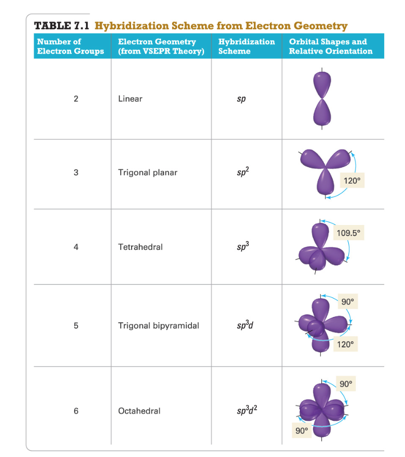
This step is crucial and one can directly get the state of hybridization and shape by looking at the Lewis structure after practicing with few molecules. Concentrate on the electron pairs and other atoms linked Use the valence concept to arrive at this structure. It is better to write the Lewis structural formula to get a rough idea about the structure of molecule and bonding pattern. Is Hybridization in chemistry?.Watch the following video 5 EASY STEPS TO GET THE TYPE OF HYBRIDIZATION & SHAPE STEP-1: Write the Lewis structure
Are lone pairs sigma bonds how to#
Nevertheless, it is very easy to determine the state of hybridization and geometry if we know the number of sigma bonds and lone pairs on the given atom. On this page, I am going toĮxplain you how to determine them in 5 easy steps. Many students face problems with finding the hybridization of given atom (usually the central one) in a compound and the shape of molecule. HOW TO FIND HYBRIDIZATION OF CENTRAL ATOM & SHAPE OF MOLECULE? The general formula for linear geometry is AX2, and thus CS2 shows linear geometry.HOW TO FIND HYBRIDIZATION | SHAPE | MOLECULE | ADICHEMISTRY Molecular geometryĪs the hybridization of CS2 is sp hybridization, the Carbon atom is in center bonding with two sulfur atoms forms the bond angle of 180 degrees, making the molecular geometry of CS2 molecule linear.

Once you understand the hybridization of the molecule, it’s easy to determine the molecular geometry and the polarity of the molecule. Steric Number of CS2 is 2 thus its hybridization has two hybrid orbitals making it an sp hybridization. Here in the CS2 molecule, the number of sigma bonds on the central atom is two, and there are no lone pairs on the central atom as its octet is complete by sharing the valence electrons. = No of sigma bonds on the central atom +No of pi lone pairs on the central atom The formula to find the steric number for any molecule is: The steric number is the sum of the number of atoms bonded on the central atom and the number of lone pairs of electrons attached to the central atom. To find the steric number to understand the hybridization. These electrons form the pi bonds with sulfur and are shown as the lone pairs on the sulfur atoms.Ģ. Remaining eight valence electrons are taken up by the two unused orbitals of p. These two hybrid orbitals form sigma bonds with Carbon. This hybridization is known as sp hybridization. These orbitals then combine, creating the hybrid of sp orbitals. These valence electrons that form the double bond with the Carbon atom are in 2s and 2p orbital of the Carbon atom. Thus it takes up eight valence electrons out of 16 valence electrons. In CS2 molecule, two double bonds are formed consisting of eight valence electrons. It is essential to know the type of bonding in the molecule to understand its hybridization. To understand the bond formation and its type Hybridizationįor understanding the hybridization of CS2 molecule, there are two easy methods.ġ. 2 pairs of lone pairs are on each sulfur atom. Rest eight electrons are shown as lone pairs on Sulphur atom. These double bonds have eight valence electrons. These two sulfur molecules form double bonds with this Carbon molecule to complete Carbon’s octet. Carbon is the least electronegative moleculeand thus comes in the center.

In Lewis structure of CS2 molecule, there are 16 valence electrons, out of which four valence electrons are of Carbon, and six valence electrons are from each sulfur molecule.
.png)

It is essential to know the Lewis structure as it helps in determining the number of lone pairs and the bond formation in the molecule. The octet rule states that an atom should have eight electrons in its outer shell to be stable. Lewis structure follows the octet rule concept. Dots and Lines are used in this structure in which lines represent the electrons forming bonds with the central atom and dots are the non-bonding pairs. Lewis structure is the structural representation of the number of valence electrons that participate in the bond formation and nonbonding electron pairs.


 0 kommentar(er)
0 kommentar(er)
